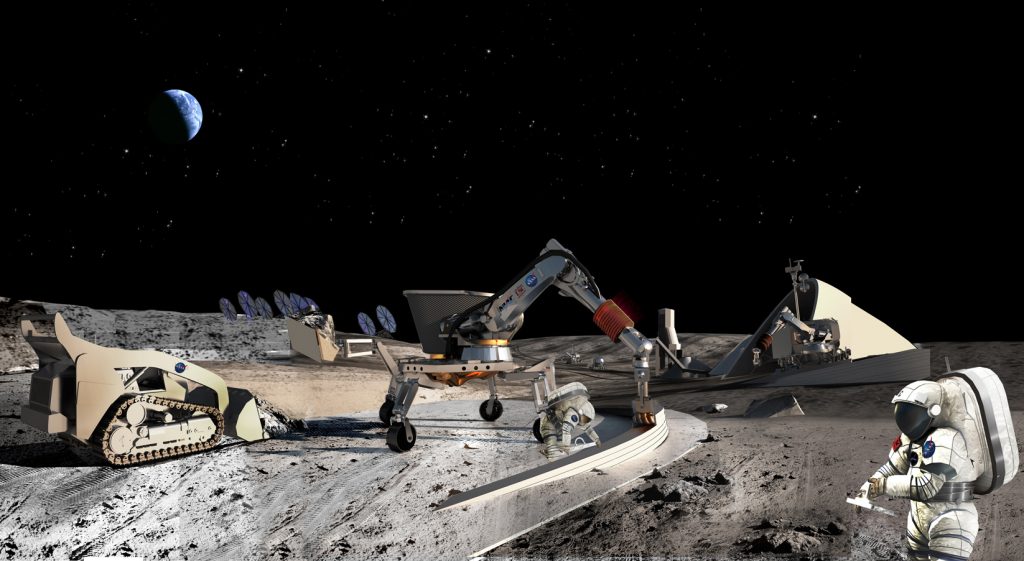
China is planning to establish a robot station on the moon to conduct bigger and more complicated experimental research on lunar geography, a media report said today.
The station could slash the costs of returning rock samples to Earth, said Jiao Weixin, a Peking University space science professor.
A sustainable robot station would enhance lunar geography studies and “have better energy efficiency than lunar rovers as the station can deploy a much bigger solar power- generator,” he said.
The base can conduct bigger, more complicated research and experiments, state-run Global Times quoted space officials who announced the plan at an international symposium in Shanghai earlier.
China’s ambitious space programme included several manned missions, building permanent space station and reaching to Mars.
In support of the lunar landing programme, China will launch a carrier rocket with a 100-ton-plus payload for the first time by about 2030, the report quoted a report of the symposium published on the State-owned Assets Supervision and Administration Commission of the central cabinet.

The schedule for the heavy-lift rocket was disclosed by Lu Yu, director of Science and Technology Committee of the China Academy of Launch Vehicle Technology, a State-owned China Aerospace Science and Technology Corporation branch institute.
China plans to land the Change-4 lunar probe on the dark side of the moon in 2018, the report said.
The Change-5 probe will be launched next year, the last chapter in China’s three-step – orbiti, land and return – lunar exploration programme.
Change-5 will collect and return rock samples to Earth. After that, China will launch three more missions to study the moons south pole.
China’s first Mars probe is scheduled to be launched on a Long March 5 by 2020 from the Wenchang Spacecraft Launch Site, South Chinas Hainan Province.
The probe will hopefully orbit, land and deploy a rover on the Red Planet, the report said.
